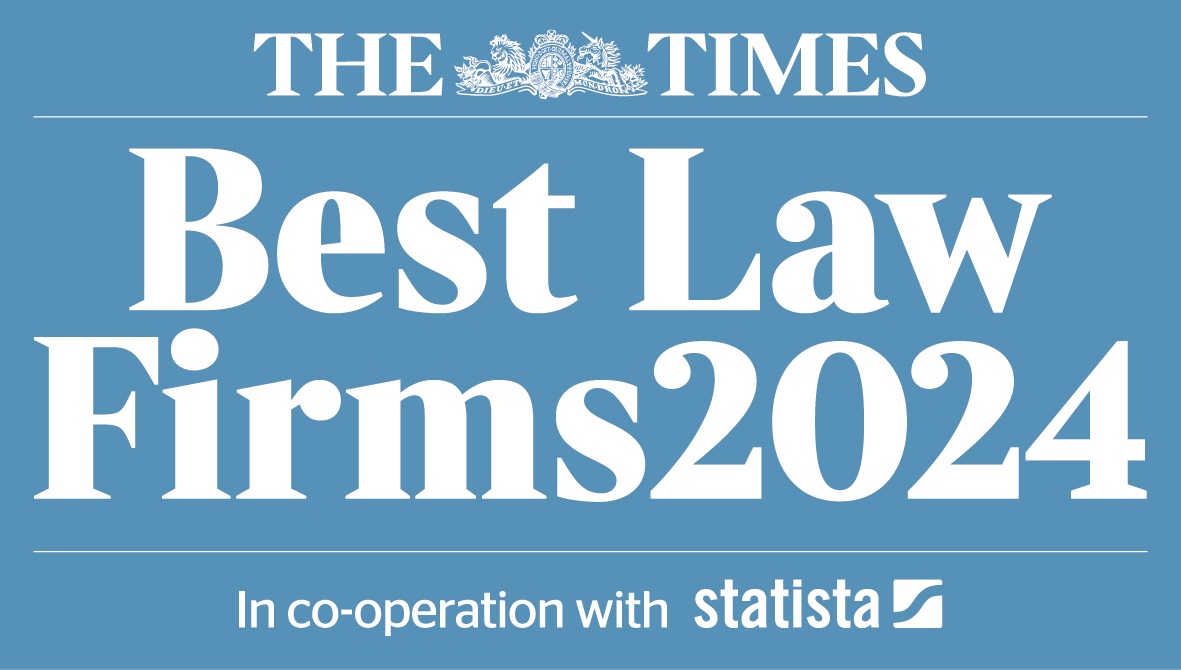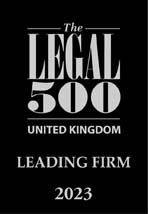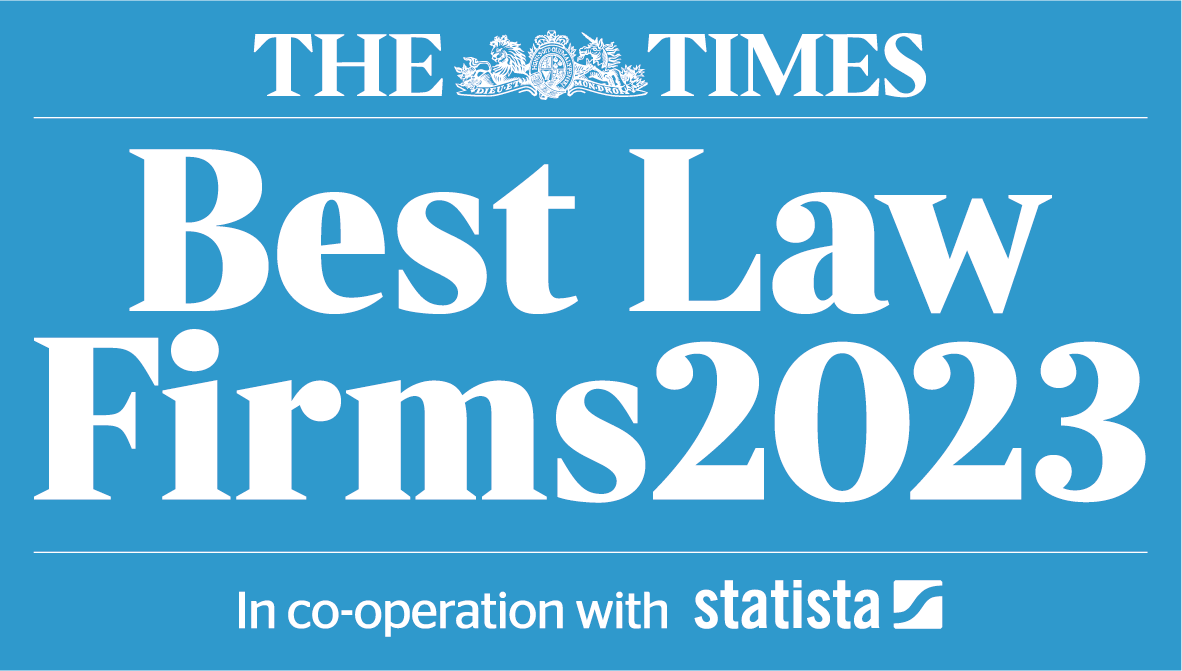A trust can enable a person to move money out of their estate in order to reduce their inheritance tax liability. It also allows beneficiaries to have access to the assets as quickly as possible without lengthy probate delays. However, the use of trusts can restrict access to some or all of the original assets as well as any growth.
Trusts are legally enforceable agreements that hold assets for the creator of the trust (the settlor) so that others can benefit (beneficiaries). The trust is run by trustees who are the legal owners of the assets and manage the trust for the beneficiaries. Assets including buildings, land or money (including investments and life assurance policies) can be transferred into a trust as either a gift during a person's lifetime or as a transfer that reduces the value of the settlor's estate (for example, selling a house at below market value- the loss to the estate is the gift).
Determining what needs to be included when trying to value a trust varies depending on the type of trust concerned. Here we look at what issues that need to be considered.
How Does Inheritance Tax Affect Trusts?
Generally, inheritance tax is due to transfers that total more than the inheritance tax threshold of £325,000. The value of all transfers (this is calculated by examining the loss in value to the settlor's estate) and any chargeable gifts that were made in the last seven years need to be calculated and inheritance tax is due on the amount that is above the threshold. If the trustees pay, then the rate is 20%. If the settlor pays, then there will be a more significant loss from the estate and so the amount due will increase. Where the settlor dies within the seven-year period, the rate increases to 40%. Where inheritance tax was not due at the time of the transfer, then this value is included in the estate when determining inheritance tax liabilities.
It is possible to set up trusts to pass on money after death but also to provide a regular income while the settlor is alive (as withdrawals). However, if incorrectly set up the assets can be classed as being part of the estate for inheritance tax purposes and be regarded as “gifts with reservation” where the settlor retains some benefit of the gift. For example, gifting a property but continuing to live there and not paying any rent to the beneficiary. Here there is a 20% rate on the transfer and the gift counts as part of the estate.
A trust can be used to move assets outside of a person's estate and the inheritance liability will reduce in levels over a seven-year period until they are deemed to be outside of the estate and so no longer liable to tax. Where a debtor dies within the seven-year period, the gifts from the trust may still attract a reduced rate (taper relief). The rates for taper relief depend on the number of years between the date of the gift and the time of the settlor's death. Taper relief only reduces the amount of tax owed where the cumulative total of the gifts is more than the available nil-band rate:
- 0-3 years: IHT rate 40%
- 3-4 years: IHT rate 32%
- 4-5 years IHT rate 24%
- 5-6 years: IHT rate 16%
- 6-7 years: IHT rate 8%
- 7+ years: No tax
A transfer out of an estate is either a chargeable lifetime transfer or a potentially exempt transfer and these are treated differently for tax purposes. A chargeable lifetime transfer is a gift into a trust. This cannot be a bare trust since the beneficiary there is named and this not changeable. Where the gift's value is worth more than the relevant nil-band rate, then inheritance tax can apply at 20%. Further tax may be applicable where the settlor dies within the seven-year period.
It is possible for a gift to be a potentially exempt transfer and so not liable to inheritance tax. These gifts would not be considered as part of the estate once seven years had passed and thus would not qualify for inheritance taxation purposes. If the debtor dies within the seven-year period, then inheritance tax would be due at 40% once the nil-rate band has been deducted.
Periodic Charge Calculation
Trustees have to pay a charge every 10 years if the trust contains property valued at more than the inheritance tax threshold. This charge is based on the net value of any assets that were in the trust on the day before the 10-year anniversary of it being set up. Any debts or relief are deducted from the value to provide the net value.
For gift and loan trusts, where there is an outstanding loan that is due to the settlor, then this has to be deducted from the value of the trust. With discounted gift trusts, the trustees have to give the settlor regular payments (where the settlor is alive) and the value of this has to be deducted from the value of the trust.
The distributions to beneficiaries need to be factored into the periodic charge calculation. Trustees have to bear in mind any previous transfers made by the settlor since these gifts can affect the lifetime of the trust.
Inheritance Tax Exit Charge
Where assets are transferred out of a trust, there is an inheritance tax up to 6% known as an exit charge. This situation arises where the trust ends, assets are distributed to beneficiaries, beneficiaries become absolutely entitled to an asset, an asset becomes part of a special trust (so is no longer relevant property), or the trustees enter a non-commercial transaction reducing the trust fund's value. However, in some cases there is no exit charge, for example for payments of costs or expenses incurred on assets, where Income Tax is due on a payment of capital, where the assets are excluded property or where the asset is transferred out within three months of the creation of the trust (or the 10-year anniversary). The calculations for this exit charge are incredibly complicated and require expert advice.
Contact Lewis Nedas Trusts Solicitors, London
Our Wills and Probate department pride ourselves on providing exceptionally high standards of customer service and exceptional trusts advice. Our service is personalised, and we can deal with all sizes of estates and wealth. If you are considering setting up a trust to protect your assets, contact our team today to find out how we can help you.
If you require any further information about setting up a trust or wish to speak to our solicitors, please telephone us on 020 7387 2032. Alternatively, complete our online enquiry form.










